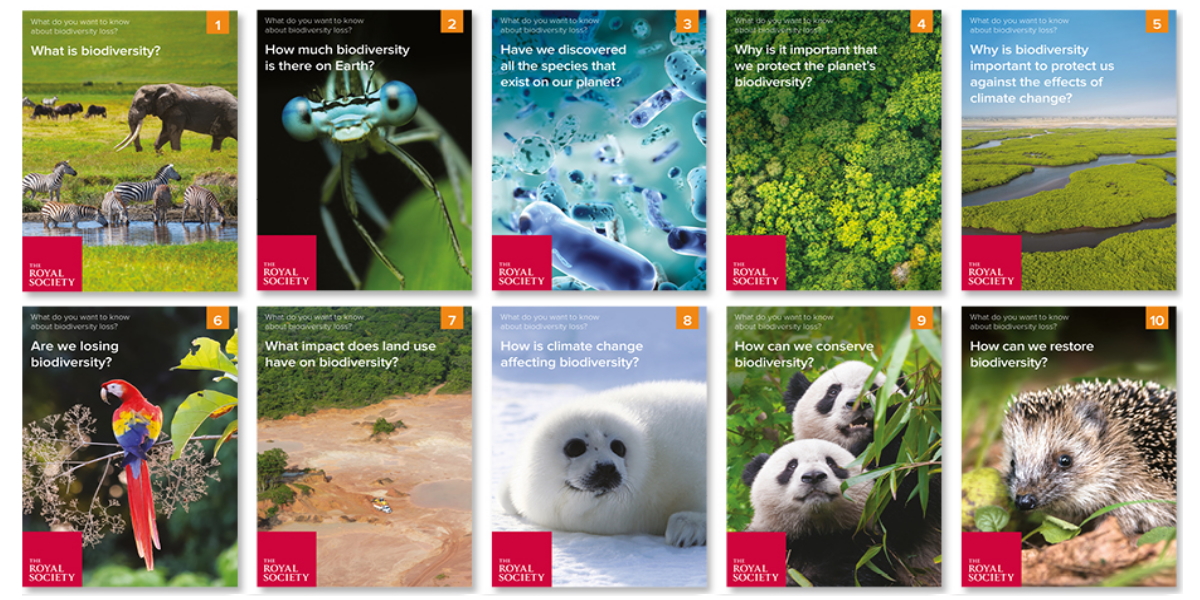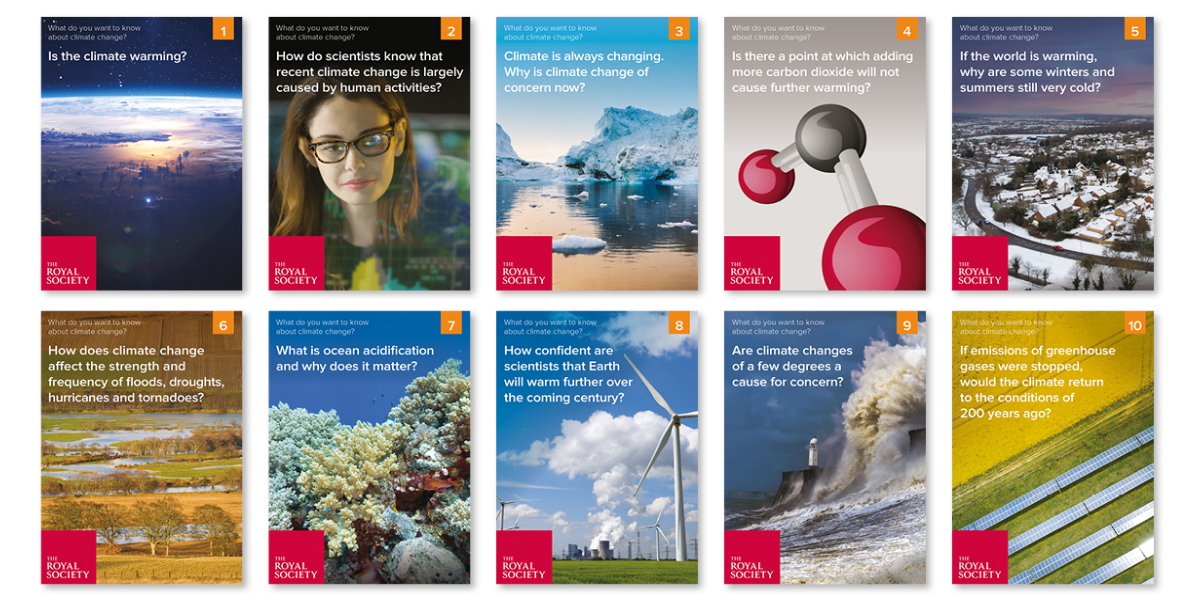Filters
Clear allSubject
- Careers (11) Apply Careers filter
- Climate Change (3) Apply Climate Change filter
- Computing (8) Apply Computing filter
- Cross curricular (24) Apply Cross curricular filter
- Design and technology (45) Apply Design and technology filter
- Engineering (20) Apply Engineering filter
- Food Preparation and Nutrition (3) Apply Food Preparation and Nutrition filter
- Leadership (1) Apply Leadership filter
- Mathematics (26) Apply Mathematics filter
- Personal development (1) Apply Personal development filter
- Psychology (2) Apply Psychology filter
- Space (1) Apply Space filter
- STEM Clubs (2) Apply STEM Clubs filter
Age range
Type
- Activity sheet (162) Apply Activity sheet filter
- Article (11) Apply Article filter
- Audio (1) Apply Audio filter
- Data set (2) Apply Data set filter
- Experiment (13) Apply Experiment filter
- Game (5) Apply Game filter
- Group work (4) Apply Group work filter
- Image (9) Apply Image filter
- (-) Remove Information sheet filter Information sheet
- Interactive resource (3) Apply Interactive resource filter
- Open-ended task (1) Apply Open-ended task filter
- Poster (6) Apply Poster filter
- Presentation (82) Apply Presentation filter
- Quiz (2) Apply Quiz filter
- Research (2) Apply Research filter
- Self assessment (1) Apply Self assessment filter
- (-) Remove Teacher guidance filter Teacher guidance
- Video (31) Apply Video filter
- Include Physical Resources (0) Apply Include Physical Resources filter
Showing 242 results
Produced by Science & Plants for Schools (SAPS), this investigation enables students to investigate the response of leaf discs from sun and shade plants to green light
Leaf discs from a sun plant and a shade plant are put in a sodium hydrogen carbonate solution. The rate of photosynthesis is seen by how...
This activity, from the Institution of Engineering and Technology (IET), requires students to compete to make the strongest electromagnetic tool holder for a surgeon's robotic arm.
It is intended that students will be...
This resource produced by ARKive supports the teaching of life-cycles at key stage two. It looks at mammals, amphibians, reptiles and plants and finds similarities between the life cycles of animals and plants within each group, as well as some of the similarities and differences between these groups. There is a...
From The Centre for Industry Education Collaboration (CIEC), this booklet is the forerunner of its Understanding Food Additives web site. The booklet contains information on a range of food additives and extensive suggestions for practical activities to investigate food and food additives.
Food additives...
Rockets are used to launch satellites, probes and even astronauts into space. A rocket launch is extremely impressive. Thousands of kilograms are burned in just a few minutes in order to provide the force that the rocket needs in order to overcome the gravity of the Earth. Rockets provide an exciting context to...
Volcanoes can be found on many planets and satellites in the Solar System, although not all volcanoes are the same as those found on Earth. It is the conditions on the planet and its composition that determine the shape of the volcanoes and the material that is erupted.
Students will use topography data to...
This activity uses satellite images of the Earth to show how a glacier has changed over almost three decades. Children are asked to measure the glacier to find out how much it has changed in size and to compare false-colour images to suggest how this helps us find out more about environmental change. Guidance on...
The spacecraft that have orbited around Mars and landed on its surface have shown us (via images and data) that there is no liquid water on the surface of Mars. However, these satellite images have also revealed to us features that appear to have been created or carved out by flowing water. In fact, scientists feel...
Scientists must design and evaluate many ways of extracting water from the lunar permafrost before planning lunar colonies and manned missions using the moon as a base.
In this activity students will construct a solar water collector. Using the collector, students will collect and calculate the amount of...
This topic, from the Association for Science Education (ASE), focuses on nutrition and looks at links between diet and health. Students are able to reflect on the nutritional and social values of different diets and then exchange information about their findings. As they work though the topic the students make a...
This activity, from the Institution of Engineering and Technology (IET), provides an opportunity to assess students understanding of remote surgery.
It is intended that students will:
• Understand what remote...

These evidence-based, question and answer style classroom resources can be used to engage students of all ages...

These evidence-based, question and answer style classroom resources can be used to engage students in the climate...
In this activity students take on the role of Earth observation scientists submitting a request for an image they would like for their research. This gives them the opportunity to consider the possibilities of pictures taken from orbit (and the limitations) and to write scientifically for a specific audience. It...
In this activity students take on the role of Earth observation scientists submitting a request for an image they would like for their research. This gives them the opportunity to consider the possibilities of pictures taken from orbit (and the limitations) and to write scientifically for a specific audience. It...
